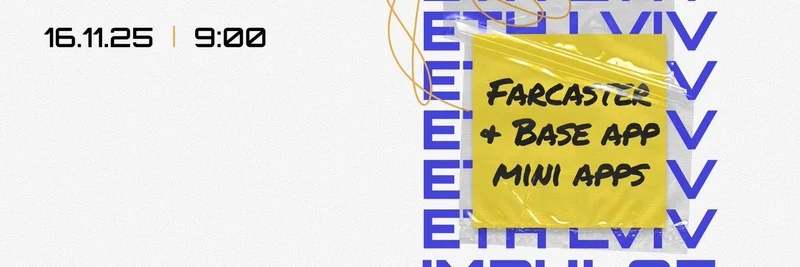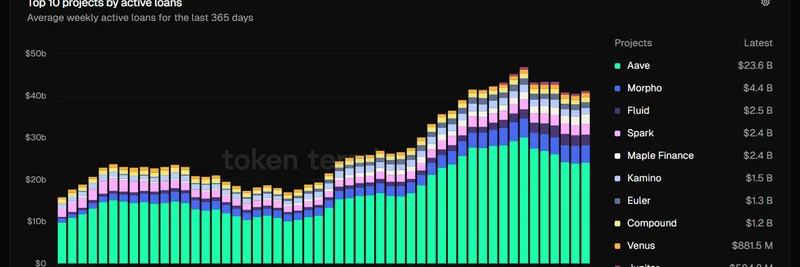In the fast-paced world of crypto, where meme tokens like Dogecoin and Pepe can skyrocket overnight, traditional finance is trying to catch up. A recent tweet from @DegenerateNews highlighted a big move from the European Central Bank (ECB): they're gearing up for a potential digital euro rollout in 2029. This isn't just another stablecoin—it's a central bank digital currency (CBDC) that could change how we think about money in Europe and beyond.
What's the Digital Euro All About?
The digital euro is essentially a digital version of cash issued directly by the ECB. Unlike decentralized cryptocurrencies, it's centralized and backed by the full faith of the European Union. Think of it as euro banknotes but on your phone—secure, instant, and usable for everyday payments. ECB President Christine Lagarde shared the update in a video, explaining that the Governing Council has greenlit the final preparatory phase. If all goes well, with legislation passing in 2026 and a successful pilot in 2027, we could see it live by 2029.
According to the ECB's official site, the goal is to complement physical cash, not replace it. It's designed to be safe, private (to a degree), and accessible, even offline in some cases. But for crypto enthusiasts, this raises questions: Will it compete with euro-pegged stablecoins like USDE or EURT?
How Does This Tie into Meme Tokens?
Meme tokens thrive on hype, community, and volatility—things a stable CBDC like the digital euro avoids. However, its introduction could indirectly affect the meme coin space. For starters, more mainstream adoption of digital currencies might bring regulatory scrutiny to the wild world of Solana-based memes or Ethereum tokens. If Europeans start using a government-backed digital wallet, it could normalize blockchain tech, potentially onboarding new users who then dip into memes for fun.
On the flip side, degens in the tweet's replies were quick to meme it up. One user quipped, "Another stablecoin lets fucking go," while another said, "No thanks, I'll stick to crypto stables." It's clear the crypto community sees this as just another entry in the stablecoin wars, but with big brother watching. With existing euro stables already in play, the digital euro might push for stricter rules on private issuers, impacting how meme projects integrate stables for liquidity.
Broader Implications for Crypto
This isn't happening in a vacuum. As reported by Yahoo Finance, the ECB is accelerating to keep pace with global CBDC efforts, like China's digital yuan or potential U.S. digital dollar. For blockchain practitioners, it's a reminder that traditional finance is embracing the tech behind crypto—distributed ledgers, smart contracts, and all.
If you're trading meme tokens, keep an eye on how this evolves. A digital euro could stabilize cross-border payments in Europe, making it easier to swap in and out of volatile assets. But it might also introduce controls, like spending limits or tracking, that clash with crypto's ethos of freedom.
In the end, 2029 is still years away, giving plenty of time for meme coins to moon (or rug). Stay tuned— the blend of tradfi and defi is just getting started.



